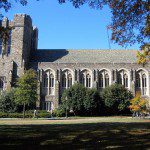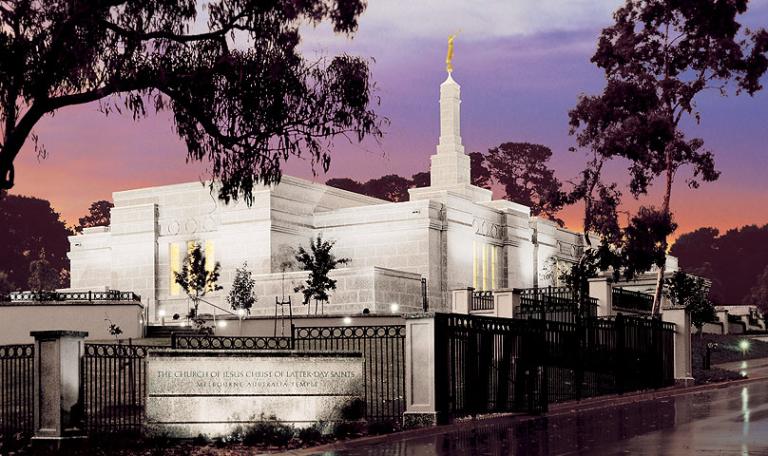
As discomfiting as it certainly is to our critics, the Interpreter Foundation continues to produce materials for the Latter-day Saints and for any who are interested in the Restoration, and to do so at an alarmingly non-glacial pace. Here are the most recent publications from the Foundation:
“Second Nephi as a Legal Document,” written by Martin Oman Evans
Abstract: Considering conventions of the ancient Near East, 2 Nephi can be understood as a legal document or legal archive. Factors supporting this view include 1) Nephi’s allusions to sealing the record and to a bar of judgment, 2) discussion of the law of witnesses and reference to Isaiah and Jacob as witnesses, 3) components and formatting consistent with Neo-Babylonian depositions and plaintiff statements, 4) uncharacteristically formal and conservative (high-fidelity) citations of Isaiah, and 5) rhetoric and vocabulary consistent with the Judean legal genre. Nephi’s inclusion of Jacob’s and Isaiah’s words as a witness and his references to judicial procedure can be readily understood. Further, the structure of 2 Nephi, consistent with legal conventions of the time, can be viewed as collated texts that contain a covenant framing the Nephite’s situation (2 Nephi 1–4), a reaction (2 Nephi 4–5), three supporting witness statements (2 Nephi 6–10, 12–24, 25–28), and finally a plaintiff statement (2 Nephi 33). Recognizing the legal implications of 2 Nephi can help us appreciate Nephi’s agenda as author and editor of his text, as well as the meaning of his document in our day.
““Rise Up, O Light of the Lord”: An Appropriate and Defensible Etymology for Cumorah,” written by Paul Y. Hoskisson
Abstract: This article explores issues with past suggestions concerning the etymology of the name Cumorah and suggests a slightly updated etymology, “Rise up, O Light of the Lord.” It then suggests that Book of Mormon references to the Hill Cumorah appear to confirm the proposed etymology, thus becoming an apt description of the Restoration.
“Interpreting Interpreter: Proving Christ in 2 Nephi,” written by Kyler Rasmussen
This post is a summary of the article “Second Nephi as a Legal Document” by Martin Oman Evans in Volume 60 of Interpreter: A Journal of Latter-day Saint Faith and Scholarship.
The Takeaway: Evans argues that aspects of 2 Nephi align with the structure of ancient legal documents—with allusions to witnesses, judgment, statements, rhetoric, and appeals to authority—and that Nephi, in the context of his engagement in the common ancient practice of actively shaping his source texts, built an argument designed to prove the reality of God’s prophecies and promises.
“Interpreting Interpreter: The Lord’s Light Rises,” written by Kyler Rasmussen
This post is a summary of the article “‘Rise Up, O Light of the Lord’: An Appropriate and Defensible Etymology for Cumorah” by Paul Hoskisson in Volume 60 of Interpreter: A Journal of Latter-day Saint Faith and Scholarship.
The Takeaway: Hoskisson argues that hypercorism (the altering of names to create familiar or pet forms; e.g., Susan = Susie) could help explain a persistent issue he sees with the proposed etymology of the name Cumorah, leading him to add the phrase “—of the Lord” to the previously suggested Hebrew meaning of “Rise up, Oh Light”. This makes it an even more fitting description of the Hill Cumorah and the divine book that rose from it.
All of the Interpreting Interpreter articles may be seen at https://interpreterfoundation.org/category/summaries/. An introduction to the Interpreting Interpreter series is available at https://interpreterfoundation.org/interpreting-interpreter-on-abstracting-thought/.
“Hugh Nibley Observed: Introduction,” written by Jeffrey M. Bradshaw
Jeffrey Bradshaw introduces Hugh Nibley Observed, where readers will discover that the personal stories and perspectives behind the scholarship are sometimes even more captivating than his brilliant and witty intellectual breakthroughs. This comprehensive three-part collection of essays sheds fascinating new light on Hugh Nibley as a scholar and a man.
Part of our book chapter reprint series, this article originally appeared in Hugh Nibley Observed, edited by Jeffrey M. Bradshaw, Shirley S. Ricks, and Stephen T. Whitlock. For more information, go to https://interpreterfoundation.org/books/hugh-nibley-observed/.
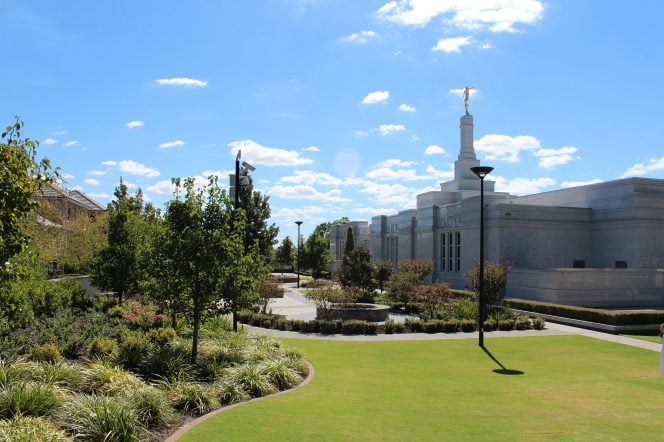
Today was an at-sea day. The waters have been fairly calm, and I was on for two ninety-minute lectures or discussions. I concentrated mostly on the geological history of New Zealand and Australia — talking about Alfred Wegener and plate tectonics or continental drift (Kontinentalverschiebung, a wonderful German word, that!), about Gondwana and colliding Australian and Pacific plates and earthquakes and volcanos, and about the different results of evolution on the ultimately isolated Australian continent and the North and South islands — and on the arrival to New Zealand of the Polynesian proto-Māoris. These are (to me, anyway) fascinating subjects.
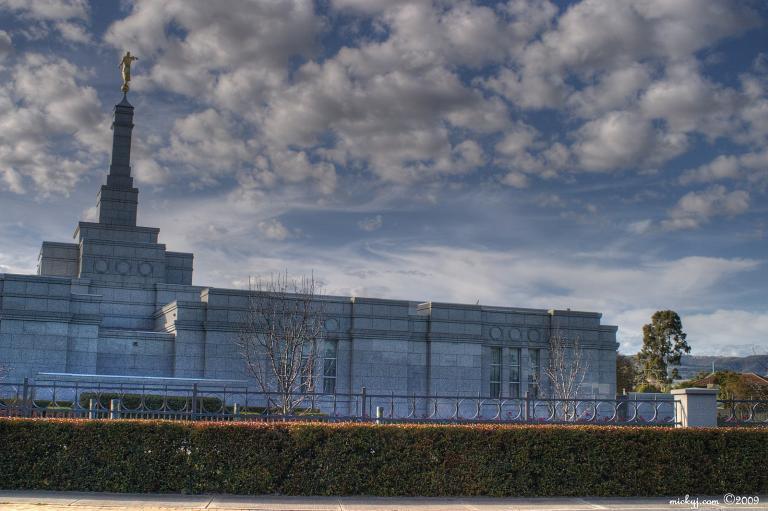
These two articles are not only very interesting but, I think, extraordinarily important. :
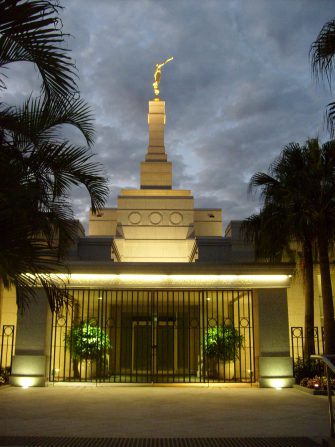
Once again, though, it is my dreary and distressing duty to share some examples — a trio of appalling specimens — of horror, cruelty, injustice, and shameless theistic depravity from the Christopher Hitchens Memorial “How Religion Poisons Everything” File™:
And here is a chilling fourth outrage, which I found located very close to the Hitchens File. Religions, it is all too well known, tend to promote and support marriage, with all of the evil consequences entailed by that infamous institution:
“Are married people happier than those who are not? A new poll has answers”
Posted from the north Tasman Sea



